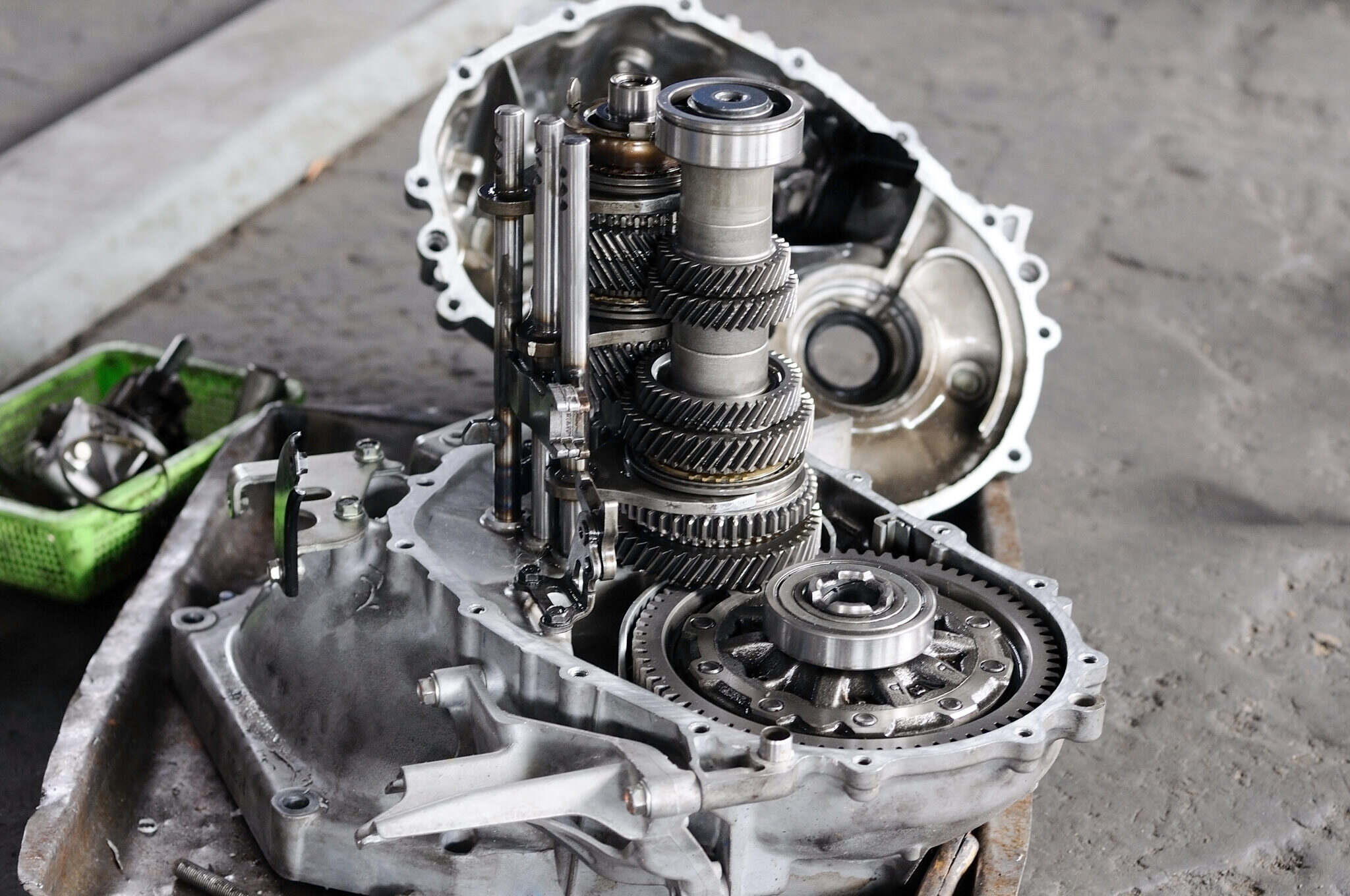
How does a car's transmission work? A car's transmission is like the middleman between the engine and the wheels. It takes the power from the engine and adjusts it to match the speed and torque needed by the wheels. Without it, your car would either stall or be unable to move efficiently. There are two main types: manual and automatic. Manual transmissions require the driver to shift gears using a clutch pedal and gear stick. Automatic transmissions do this work for you, using a complex system of hydraulics and sensors. Understanding how transmissions work can help you appreciate your vehicle more and even save on repair costs. Ready to learn more? Let's dive into 28 fascinating facts about car transmissions!
Transmission of Diseases: An Overview
Understanding how diseases spread is crucial for prevention. Here are some fascinating facts about disease transmission that might surprise you.
-
Direct Contact Transmission: Diseases like the common cold and flu spread through direct contact, such as touching or kissing an infected person.
-
Airborne Transmission: Some illnesses, like tuberculosis and measles, spread through tiny droplets in the air when an infected person coughs or sneezes.
-
Vector-Borne Transmission: Mosquitoes, ticks, and fleas can carry diseases like malaria, Lyme disease, and the plague, transmitting them through bites.
-
Fomite Transmission: Objects like doorknobs, toys, and towels can harbor pathogens, spreading diseases when touched by multiple people.
-
Foodborne Transmission: Consuming contaminated food or water can lead to illnesses like salmonella, E. coli, and hepatitis A.
Historical Pandemics and Their Spread
History has seen several pandemics that changed the course of human events. Here are some notable ones and how they spread.
-
The Black Death: This plague in the 14th century killed millions in Europe, spread by fleas on rats.
-
Spanish Flu: The 1918 influenza pandemic infected one-third of the world's population, spreading rapidly through respiratory droplets.
-
HIV/AIDS: Discovered in the 1980s, HIV spreads through blood, sexual contact, and from mother to child during childbirth or breastfeeding.
-
SARS: The 2003 outbreak of Severe Acute Respiratory Syndrome spread through close person-to-person contact and respiratory droplets.
-
COVID-19: The recent pandemic caused by the novel coronavirus spreads primarily through respiratory droplets and close contact.
Modern Methods of Disease Prevention
With advancements in science, several methods help prevent the spread of diseases. Here are some key strategies.
-
Vaccination: Vaccines have eradicated or controlled diseases like smallpox, polio, and measles.
-
Hand Hygiene: Regular handwashing with soap and water can prevent the spread of many infectious diseases.
-
Quarantine and Isolation: Separating sick individuals from healthy ones helps control outbreaks.
-
Vector Control: Using insect repellent, bed nets, and eliminating standing water can reduce vector-borne diseases.
-
Food Safety Practices: Proper cooking, storing, and handling of food prevent foodborne illnesses.
Interesting Facts About Disease Transmission
Some lesser-known facts about how diseases spread can be quite intriguing. Here are a few.
-
Zoonotic Diseases: Over 60% of infectious diseases in humans are zoonotic, meaning they originate from animals.
-
Asymptomatic Carriers: People can spread diseases without showing symptoms, making it harder to control outbreaks.
-
Super Spreaders: Some individuals infect a disproportionately large number of people, significantly impacting the spread of diseases.
-
Nosocomial Infections: Hospital-acquired infections occur in healthcare settings, often due to antibiotic-resistant bacteria.
-
Seasonal Variations: Some diseases, like the flu, are more common in certain seasons due to environmental factors and human behavior.
The Role of Technology in Tracking Disease Spread
Technology plays a significant role in monitoring and controlling disease outbreaks. Here are some ways it helps.
-
Contact Tracing Apps: These apps help track and notify people who may have been exposed to an infected person.
-
Genomic Sequencing: Analyzing the genetic material of pathogens helps track mutations and understand transmission patterns.
-
Geographic Information Systems (GIS): GIS maps disease outbreaks, helping public health officials respond more effectively.
-
Telemedicine: Virtual consultations reduce the risk of spreading infections in healthcare settings.
-
Big Data Analytics: Analyzing large datasets helps predict outbreaks and allocate resources efficiently.
Fun Facts About Disease Transmission
Some facts about disease transmission are just plain fascinating. Check these out.
-
Sneezes Travel Fast: A sneeze can propel droplets at speeds up to 100 miles per hour, spreading germs far and wide.
-
Handshakes vs. Fist Bumps: Fist bumps transfer fewer germs than handshakes, making them a safer greeting option.
-
Cold Weather Myths: Cold weather itself doesn't cause colds; people are just more likely to stay indoors and close to others, increasing the chance of transmission.
Final Thoughts on Transmission
Transmission systems are the backbone of modern vehicles. They ensure power from the engine reaches the wheels efficiently. Without them, cars wouldn't move smoothly or at all. Understanding how they work helps in maintaining and troubleshooting issues. Regular maintenance like checking fluid levels and ensuring proper gear shifts can extend a transmission's life. Innovations in technology have led to more efficient and reliable systems, making driving safer and more enjoyable. Whether it's manual, automatic, or CVT, each type has its unique benefits and challenges. Knowing these can help you make informed decisions about vehicle care and purchases. So next time you're behind the wheel, appreciate the complex machinery working seamlessly beneath you. It’s not just about getting from point A to B; it’s about the journey and the engineering marvels that make it possible.
Was this page helpful?
Our commitment to delivering trustworthy and engaging content is at the heart of what we do. Each fact on our site is contributed by real users like you, bringing a wealth of diverse insights and information. To ensure the highest standards of accuracy and reliability, our dedicated editors meticulously review each submission. This process guarantees that the facts we share are not only fascinating but also credible. Trust in our commitment to quality and authenticity as you explore and learn with us.
